Graham Reid | | 1 min read
Aoi Natsu/Blue Summer by Takuro Yoshida
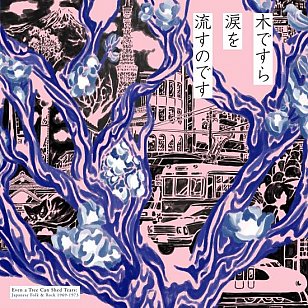
Subtitled “Japanese Folk and Rock 1969 – 1973”, this 19 song collection with very useful liner notes shines a spotlight on music you might thought would have been much explored in that lust so many have for the obscure or left-field.
As Yosuke Kitazawa observes in the notes, Japanese pop has only made one lone impact on the mainstream charts outside of the country, Kyu Sakamoto's ill-named Sixties hit Sukiyaki. (We have told the story of it here).
Certainly Japanese artists have crossed many people's radar down the decades (Sadistic Mika Band, Yellow Magic Orchestra, Stomu Yamashta, Acid Mothers Temple, Thee Michelle Gun Elephant, Guitar Wolf, Boris, Marble Sheep and so on) and Elsewhere has an affection for Japan's psychedelic garage rock and Sixties pop girls we've heard . . . but none of those people have been in the mainframe of Western pop and rock which is why this compilation is so useful.
It resets the co-ordinates away from the periphery and into the centre of the folk and pop picture.
Aside from the language factor (the often poetic lyrics however are translated), what is among the songs here are delicate acoustic folk, dream-folk and some gentle touches of prog-folk which are often utterly charming.
And it will have you wanting to hear more from the likes of the delicate singer-songwriter Sachiko Kanenobu (a kind of weary Joni Mitchell in quasi-bossa mode here and who married Crawdaddy critic Paul Williams and moved to the States), the prog-folk of Kazuhiko Kato (from his Supergas solo album before joining the Sadistic Mika Band) and Takashi Nishioka (you'll really want to track down the Man-in No Ki album on the evidence of its weightless title track included).
Here too is the downbeat soulful blues edge of Maki Asakawa, the pastoral acid folk of Gu, . . .
By keeping a tight time-frame, the collection also acts as a useful pointer to the future work of many of these artists who went into other influential bands (Harumi Hosono of the West Coast-folk sounding Happy End – who were on the Lost in Translation soundtrack – founded Yellow Magic Orchestra) or worked with each other in subsequent decades.
You suspect Pete Frame would need a chart the size of a pool table to draw one of his rock family trees of the Japanese folk and rock scene.
But as a sampler and starter – which errs much more to the folk end of the spectrum – this is an enticing collection . . . which ends with The Dylan II from Osaka with a piano version of Bob's Otokorashiite Wakarukai/I Shall Be Released.
For something on contemporary Japanese pop check this out!

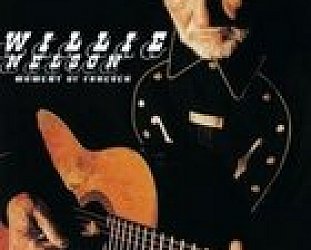
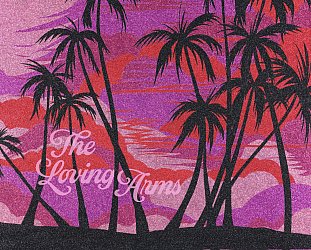
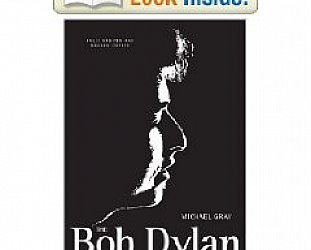
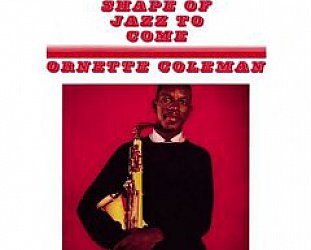
post a comment